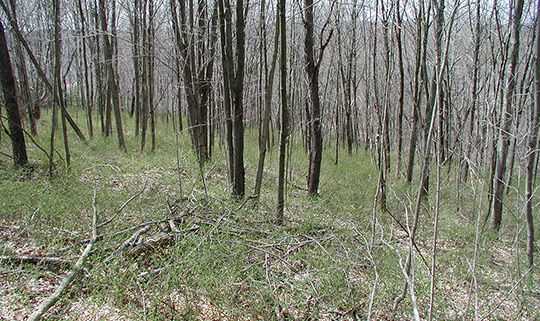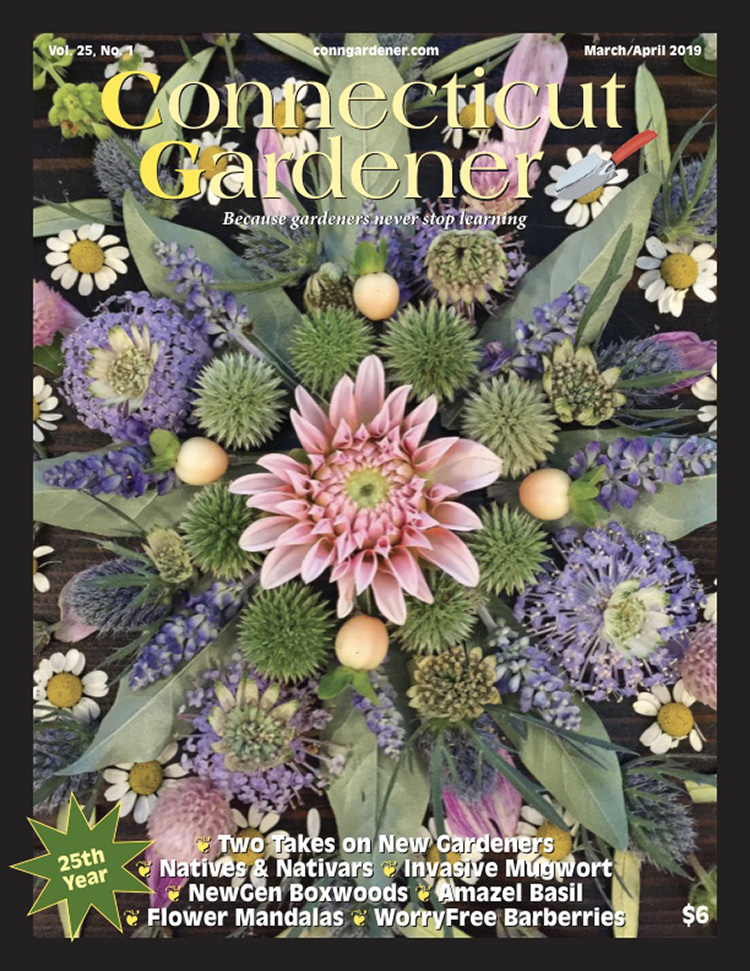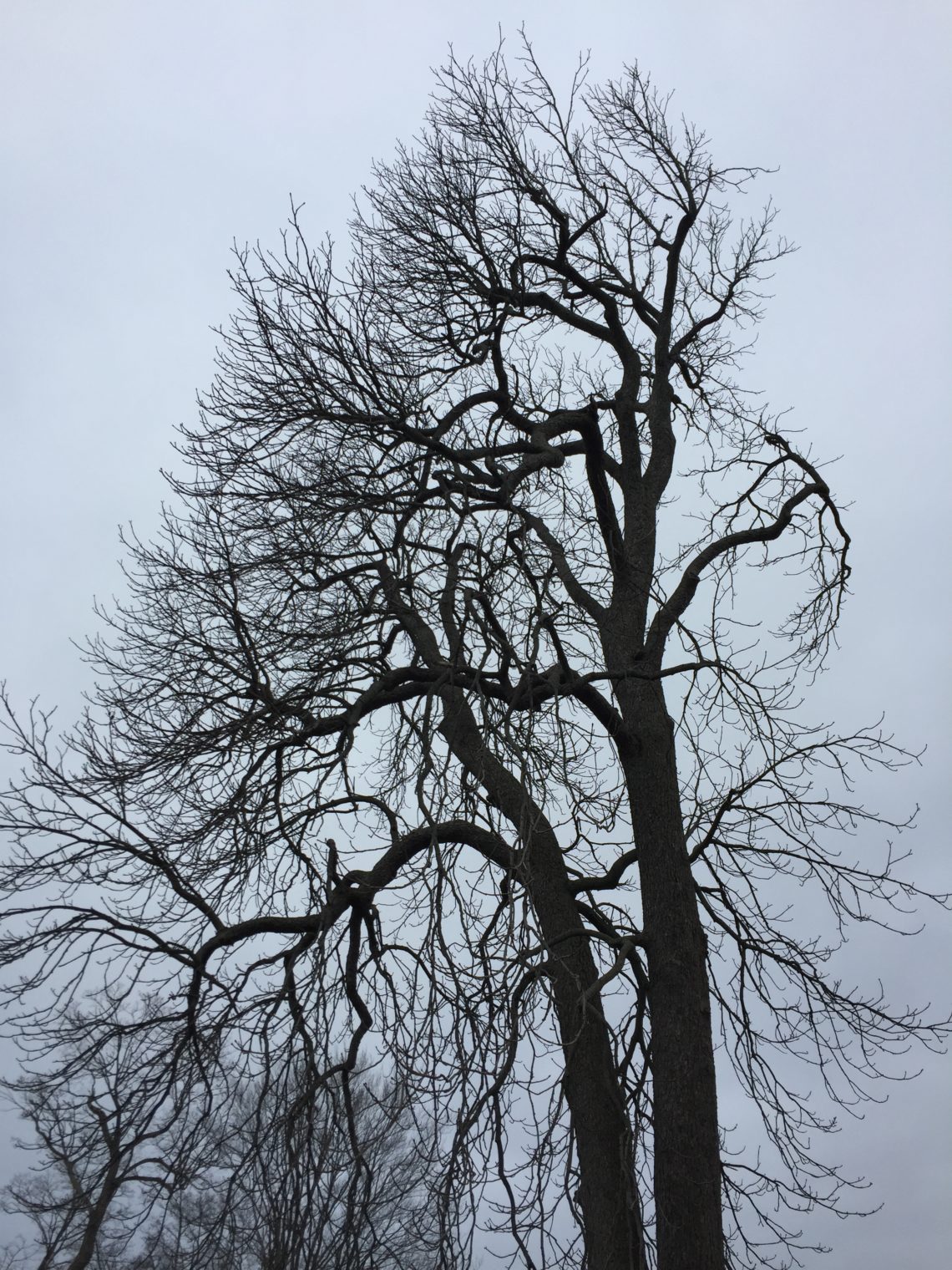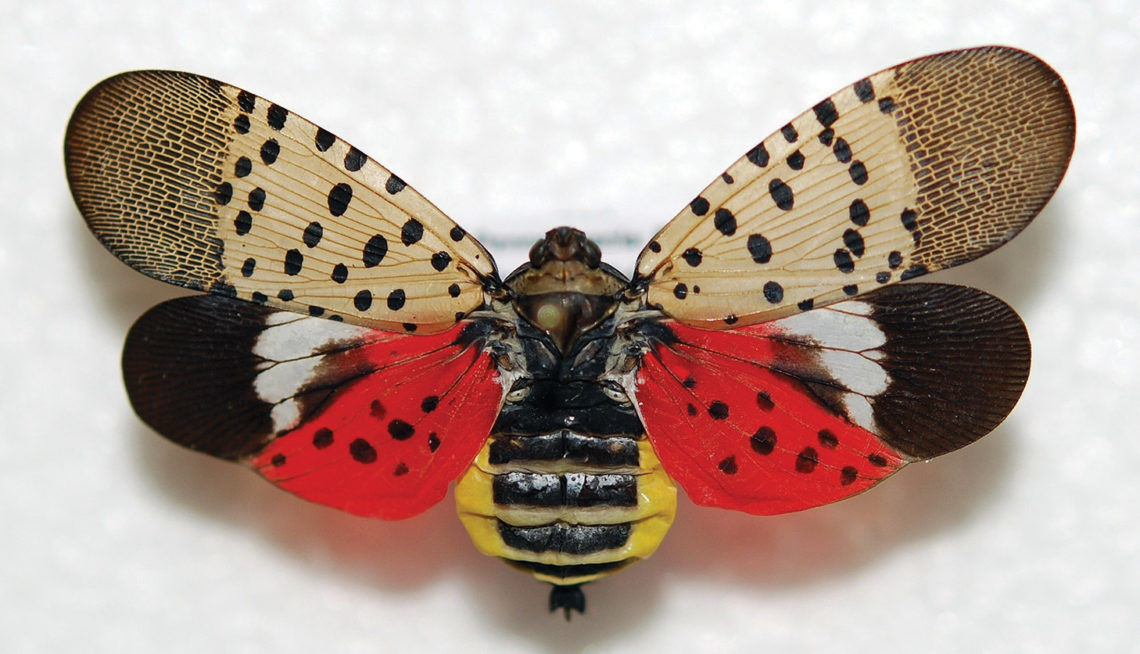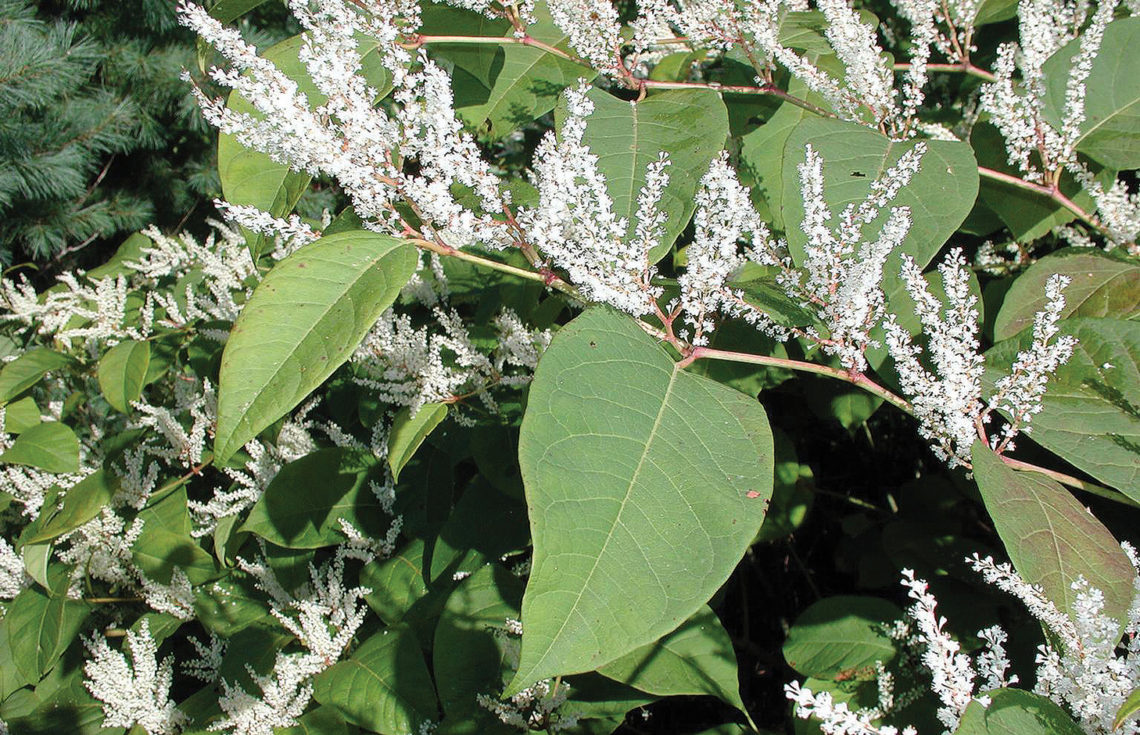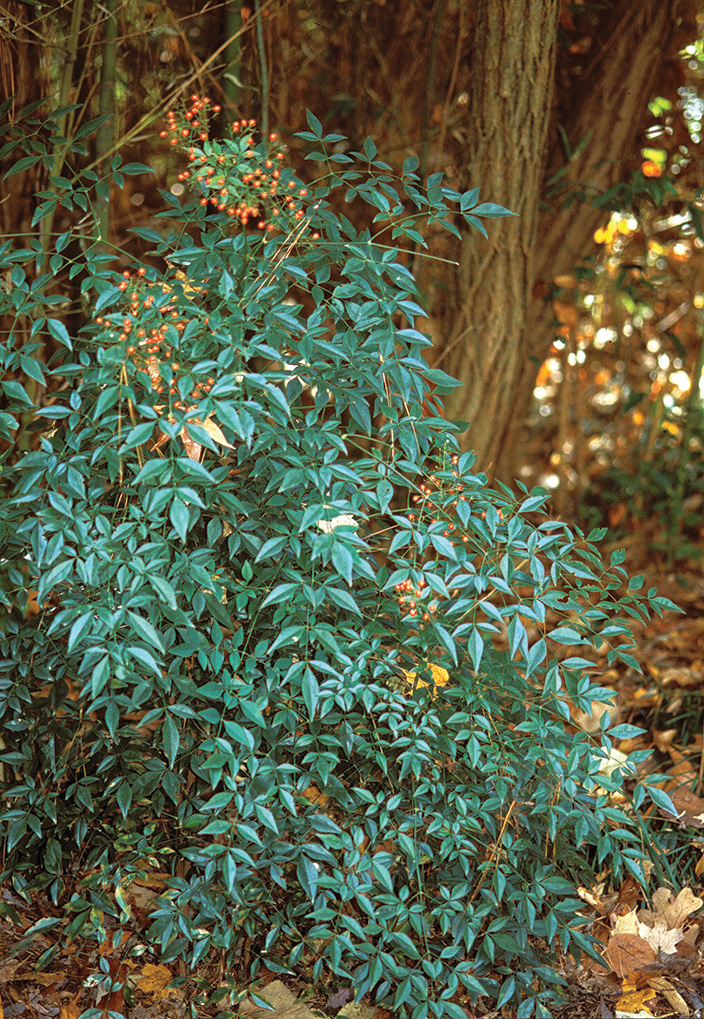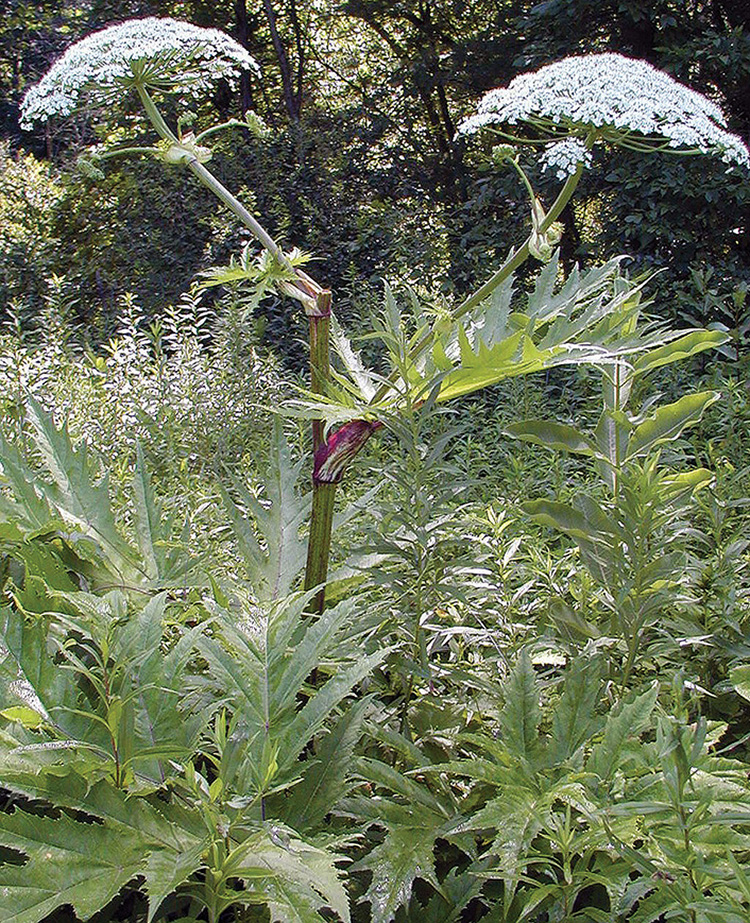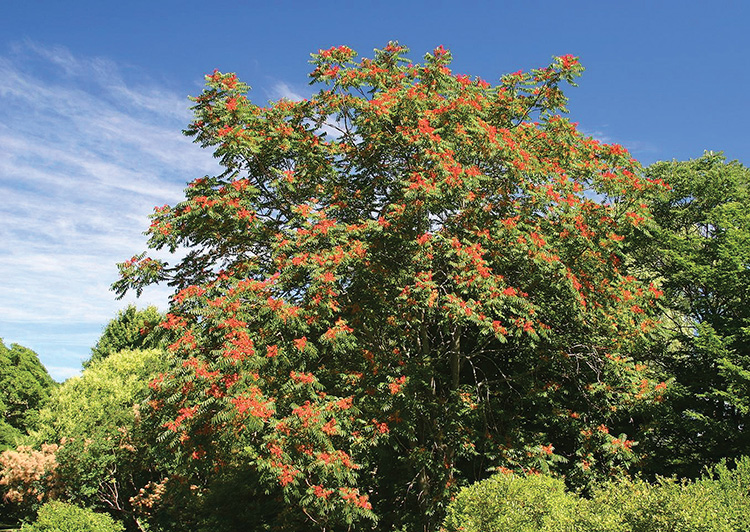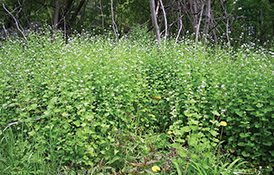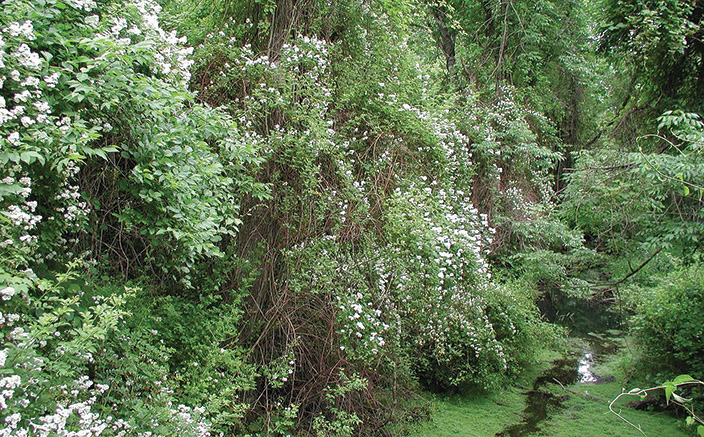To help those of who are seeking more answers about why barberry is considered invasive and a tick nursery — here’s a pdf and text of the editorial Will did back in 2015 (pre-digital CG). We hope it helps! It’s a very big subject, when you get down to it, and in our opinion, the more aware people are of their landscapes and the plants in them and their relation to the ecosystem, the better we are able to choose plants that are beneficial and non-invasive. And, as you will read, it’s wise to be aware of the environments where tickborne diseases can hide, and eliminate them if they exist…
-
-
Our March/April 2019 issue
Our March/April 2019 edition is at the printer. It’s scheduled to go into the mail on Feb. 20. For subscribers with digital access, it should be available the same day. We’ll also have plenty of copies with us at the Connecticut Flower & Garden Show in Hartford Feb. 21-24. Find us at the four corners (booth 831), our usual location — back-to-back with NE Seed. March/April 2019 features a breathtakingly illustrated story on Flower mandalas by Michael Russo of Trout Lily Farm (the cover story), and our friends and frequent contributors Lorraine Ballato and Nancy DuBrule-Clemente share their takes on the evolution and generation of a new generation of gardeners.…
-
Trees: A Tough Few Years in Connecticut
When the winter 2018-’19 CTPA (Connecticut Tree Protective Association) newsletter, “The Connecticut Arborist” arrived, the article by Chris Donnelly titled, “2018: A Difficult Year for Trees — How Can Arborists Help?” stood out. As a reader, we’ll assume you’ve noticed the increasing number of dead and dying trees as you drive around the state. For the many of us who love our trees and hate to see them perish for any reason, Chris’s article gives us some insight on what’s going on and where. The windstorms and tornadoes in our area in March and May, the continuing advance of the Emerald Ash Borer (EAB), plus the combined effects of drought…
-
Spotted Lanternfly in New Jersey
2018 – Spotted Lanternfly (Lycorma delicatula) has been reported in New Jersey less than 100 miles from Connecticut. According to USDA APHIS, “Nymphs feed on a wide range of plant species, while adults prefer to feed and lay eggs on tree of heaven (Ailanthus altissima). If allowed to spread, this pest seriously harm the country’s grape, orchard and logging industries.” For more information just do a search for Spotted Lanternfly USDA
-
Japanese Knotweed – Invasive in Connecticut
SEPT-OCT 2018 – Japanese knotweed (Polygonum cuspidatum, Fallopia japonica) is sometimes called Mexican Bamboo but is neither. It’s native to Eastern Asia and has many common names including Hancock’s curse, Himalayan fleece vine, monkeyweed, tiger stick and donkey rhubarb. HistoryAccording to the University of Leicester, it arrived at the Royal Botanic Gardens Kew in August 1850 in an unsolicited package of plants from Philippe von Siebold in Holland. Japanese knotweed was subsequently sold by nurserymen all over the Britain where it was used as an ornamental, for cattle forage and to stabilize riverbanks. Its use was promoted by William Robinson (1838-1935) the author of The Wild Garden (1870) and The…
-
Nandina domestica – Early Warning
MAY-JUNE 2018 – Sacred or Heavenly Bamboo (Nandina domestica) hasn’t been reported in Connecticut … yet. We normally don’t highlight invasives until they’re on the radar of the Connecticut Invasive Plant Working Group (CIPWG – cipwg.uconn.edu) but we’re making an exception for this plant. Keep your eye out and you may be the first to spot it. It’s better to catch these things early because it increases the chance that new invasives will be found and eradicated before they establish a foothold. People in the invasive field call it EDRR (Early Detection Rapid Response). This is increasingly important as climate change brings us a new suite of invaders. Not actually…
-
Beware the Giant Hogweed
MARCH-APRIL 2018 – Giant hogweed (Heracleum mantegazzianum) is aptly named. This monster can grow to a height of 20′ and is some-times described as Queen Anne’s lace on steroids. Giant hogweed is a member of the carrot family (Apiaceae) and is native to the Caucasus Mountains in Western Asia, between the Black Sea and the Caspian Sea. It was brought to England and planted at Kew Gardens as an ornamental in the late 1800s and subsequently spread to other parts of the world. It’s considered invasive in Connecticut and is listed as a federal noxious weed in the U.S. According to the Connecticut Invasive Plant Working Group (CIPWG) it was…
-
Ailanthus altissima – Not So Heavenly
SEPT-OCT 2017 – Tree of Heaven (Ailanthus altissima) is a consummate survivor that tolerates a wide range of climatic and soil conditions. A single tree can produce thousands of wind-born seeds, or samaras, that are released gradually over time. The tree can also reproduce asexually (vegetatively) via root sprouts. This is particularly helpful in low-light conditions where seedlings might not do so well. It may be the fastest growing tree in North America. Sprouts and suckers can grow 14 feet or more in the first season. Seedlings can grow 6 feet in their first year. Younger trees grow faster than old ones, allowing it to take quick advantage of disturbances…
-
Invasive Garlic Mustard
JULY-AUG 2017 – Garlic mustard was first reported in the U.S. on Long Island in 1868. It was probably brought here for culinary and medicinal purposes. Its native range includes Europe and parts of Asia and Africa. One of the reasons it’s been so successful here is that its natural enemies are non-existent. Garlic mustard (Alliaria petiolata) is considered invasive in Connecticut. It’s a cool-season biennial herb that starts growing before native plants break dormancy and dies back to brown stalks by mid-summer. It flowers from April to June. It reproduces via shiny black seeds that are held in slender green seed pods (siliques). It will self-fertilize if no pollinators…
-
Invasive Multiflora Rose
MAY-JUNE 2017 – Multiflora Rose (Rosa Multiflora) is a deciduous shrub that flowers from May to June and fruits in September and October. It can reach 15 feet in height and 10 feet in width. It forms dense thickets and can also climb like a vine. Unfortunately, clearing it out be a thorny proposition. It spreads by seed, suckering and branch tip layering. Wildlife help disperse the seed when they eat the hips, which it produces in great numbers. A large plant can produce 500,000 to a million seeds than can survive in the soil for up to 20 years. Wow. It often grows along streams and roads; and in…
